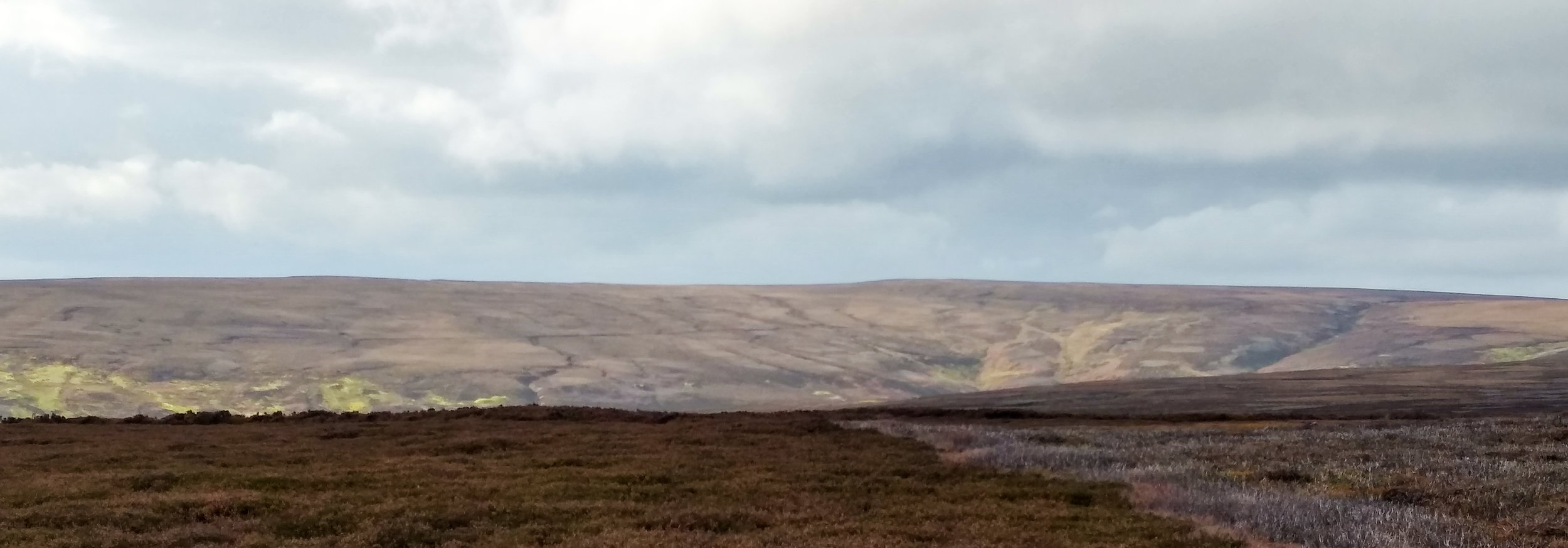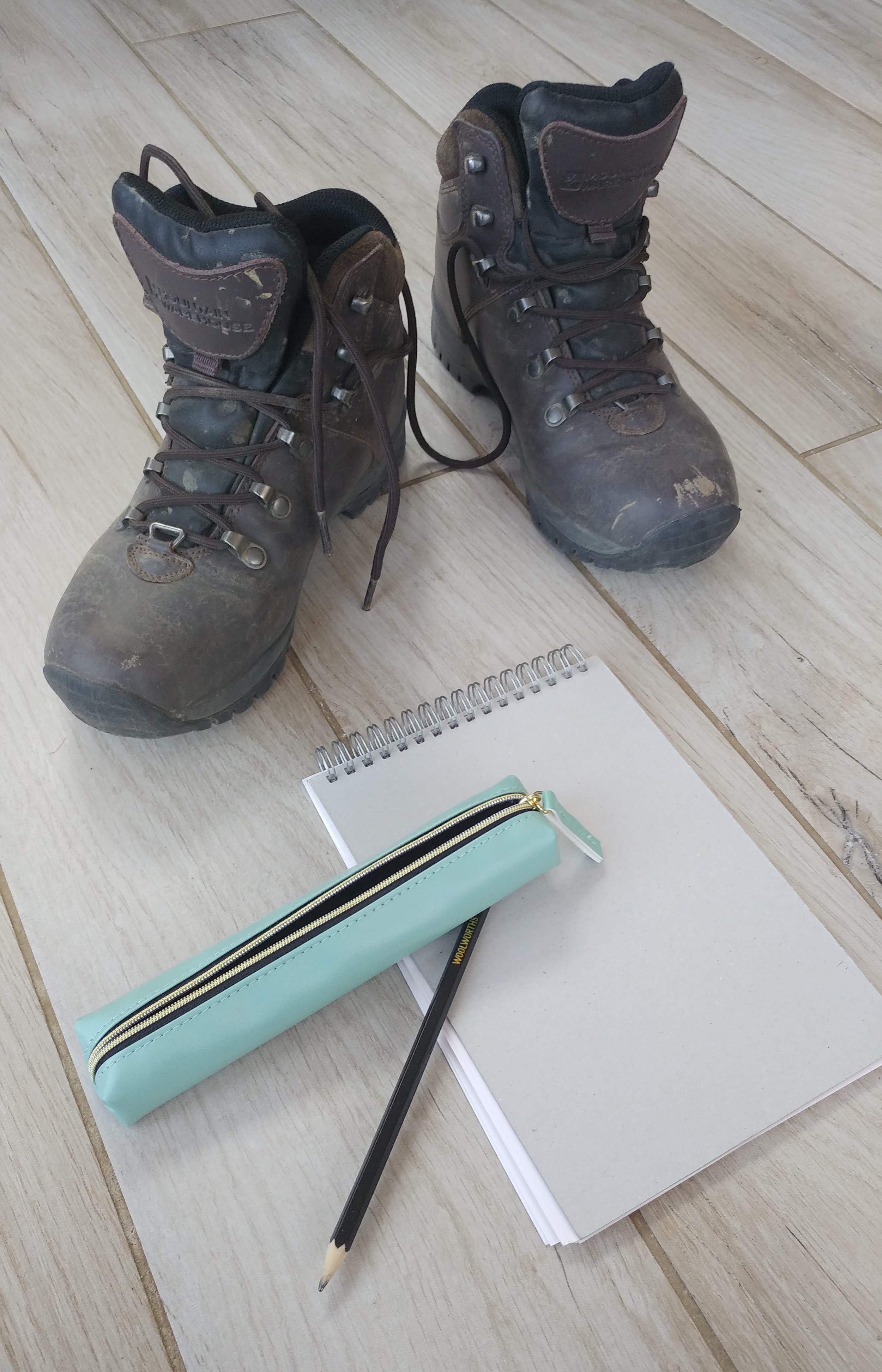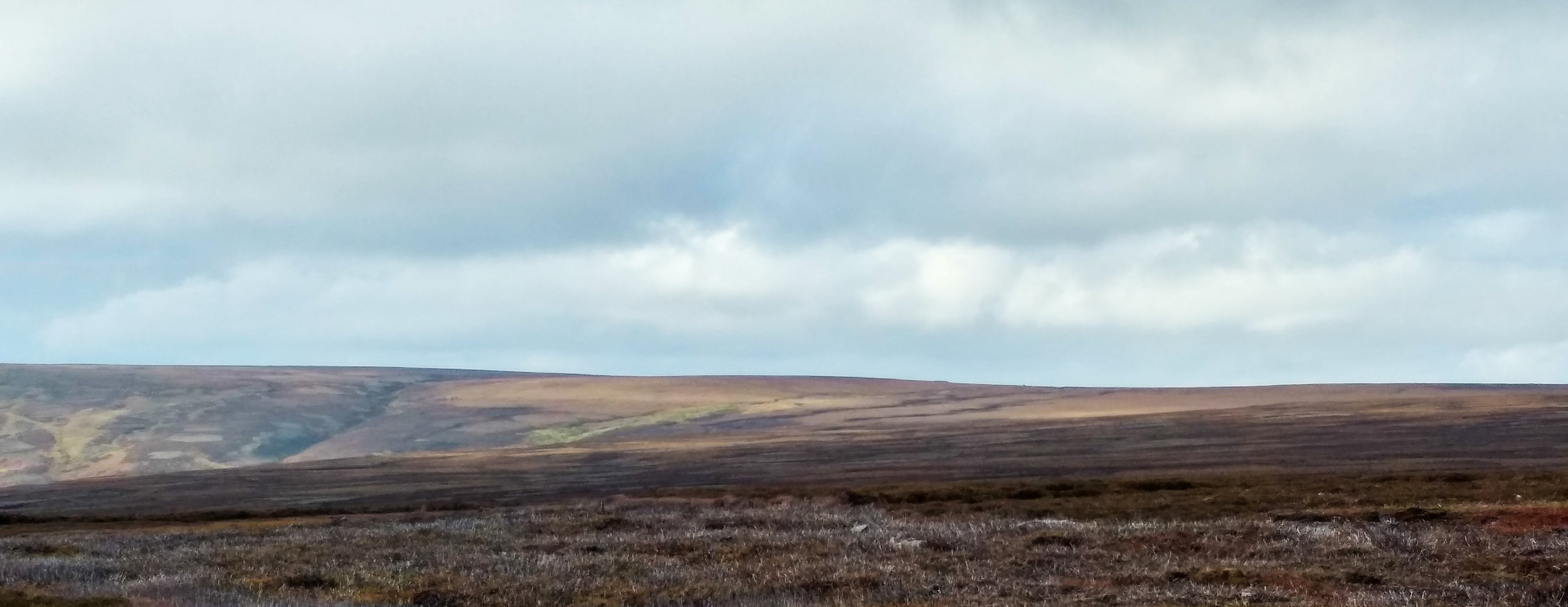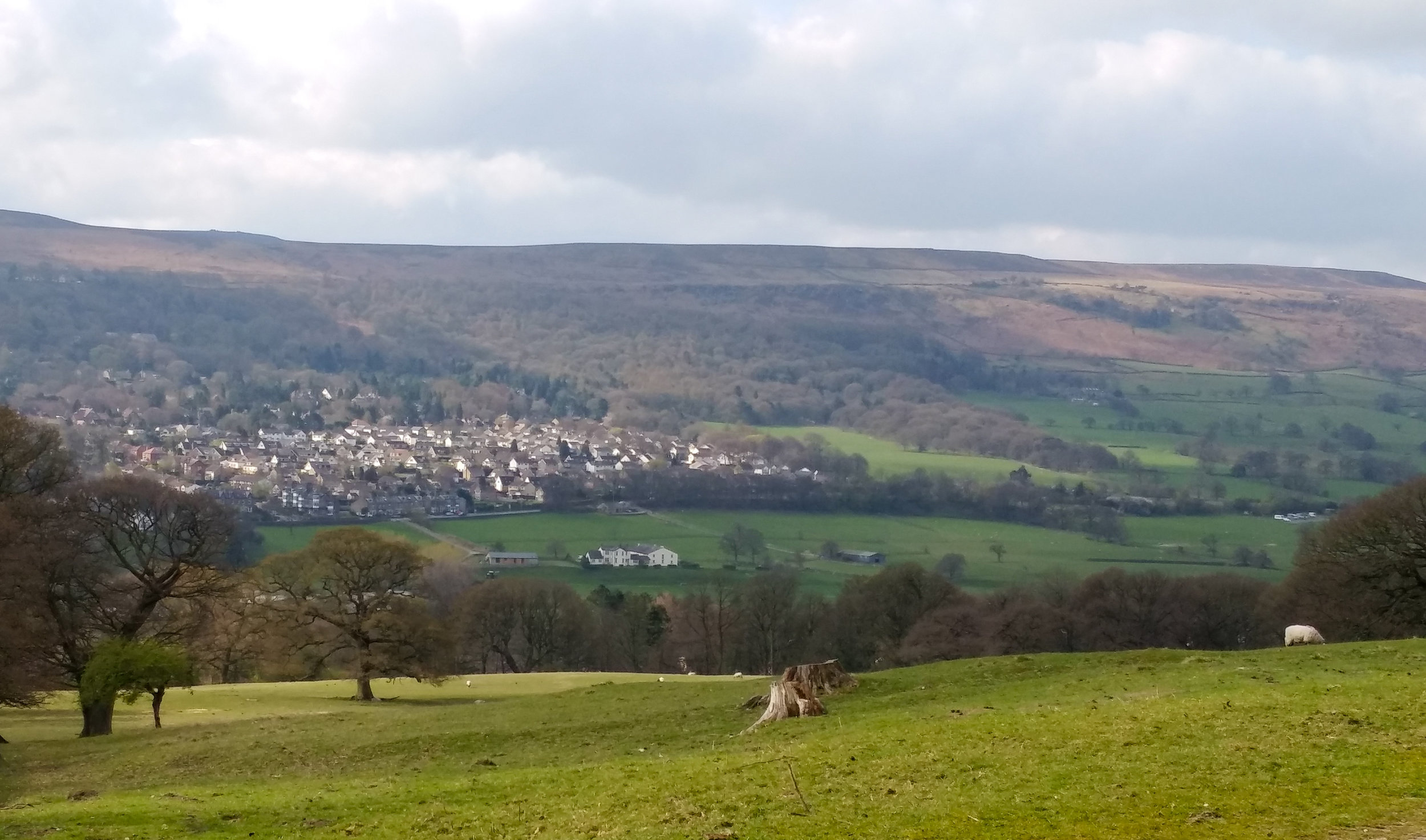APEDALE..NO APES?
Throughout the Yorkshire Dales I have found some baffling place names, but Apedale has to be one of the strangest. There were never any apes here; but this wonderful place offers up some amazing stories.
Exploring by foot simply intrigued me further. Apedale is a fabulous, barren, wild Dale, hiding in the contours way above Swaledale and Wensleydale…
(the photos below are from one of my walks…)
…I looked closely but the top layer can only hint at the past. Rather than dig into geology, this time I dug into the history books, wondering what tales might be revealed.
I have always been curious about how our land can be used, abused, invaded, and inhabited, yet still restore itself. My home town of Ilkley is a merging of various ancient hamlets and villages, and even a Roman Fort settlement! Little of these remain.
Just above the town on a glorious south facing slope is a building known as the Monastery. It overlooks a large beautiful lush green field of pasture. Stopping to catch my breath as I walk up its steep hill, I envy the sheep grazing here; their field catches all of the sunshine and has a superb view of Ilkley Moor. (photo from my walk below)
But the field is not as it seems.
In the 15th Century, this very spot was full of buildings: the hamlet of Scalewray. There were tracks and homes, outbuildings and enclosures – now all long gone. No-one knows why Scalewray, in its fine location, was abandoned. Now restored by nature I only see rich top soil and grass. Some series of slight undulations offer the specialists tantalising traces of earthworks and buried remains. This innocent-looking field actually has ‘monument’ status!
(visit Historic England to see the 'monument' area marked on a map:
https://historicengland.org.uk/listing/the-list/list-entry/1020716)
So I am well aware that some seemingly raw, uninhabited places might have startling stories to tell; and a bit of internet digging is all it takes to find them…
Returning to our Dale nestling in the high contours between Swaledale and Wensleydale, I discover that in the 7th - 8th centuries it was chosen as a place for settlement by the invading Norsemen. I guess there were several fresh springs, wooded slopes, some protection in the dip of the valley from the weather, and good views from its upper reaches to spot any encroaching trouble.
(first pencil sketch of my composition plan below)
And here is the explanation of the strange name! These Norsemen were known locally as the ‘Appi’ people. The ‘Valley of the Appi’ gradually shortened to become Apedale.
That settlement eventually faded; but this barren place was going to offer up more riches. Seams of iron ore and coal were discovered close to the surface – they were easy to mine. By the 19th century Apedale was a hive of industry: four different collieries sank deep shafts into this land. Their pit head buildings, chimneys and transportation railway tracks scarred the landscape; their hard working miners a daily presence.
Yet now, just a hundred years later, that industry is gone. Only some small ruined stone-works remain, gradually sinking into the peaty surface.
The restoring power of nature amazes me. I planned my painting with wild, exciting colours, striving to convey that strength.
(my layer of underpainting, ready for soft pastel)
Today the Dale buzzes with noise only in the grouse shooting season, some lines of grouse butts mar the smooth horizons.
Despite our best attempts to tame it, I like to think this place is still wild…
(My soft pastels build the clouds…)
…Walk here and the wind will whip your face as the clouds dance and the grouse fly up from the heather. Scarred, barren, but still itself.
Naming my painting was easy….. UNTAMED.








